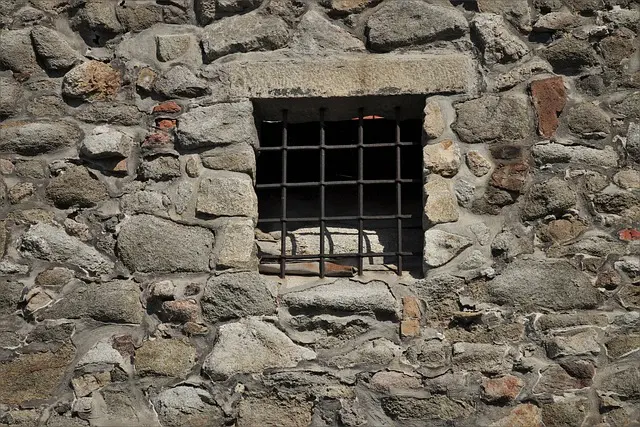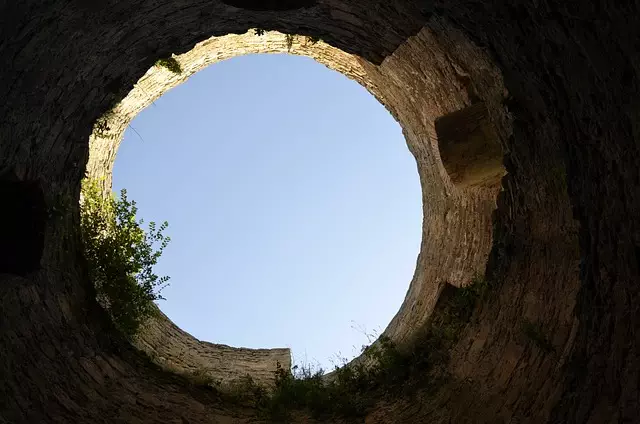White Sumatra Kratom, a strain known for its energizing and focus-enhancing properties, can be cultivated indoors with careful replication of its Southeast Asian environment. Successful indoor growth requires a nutrient-rich, well-draining soil, adequate brightness with no direct sunlight, consistent humidity between 50% and 70%, moderate watering to prevent over-saturation, and precise temperature control, ranging from 75 to 85 degrees Fahrenheit during the day and slightly cooler at night. Indoor cultivation leverages modern horticultural techniques like hydroponics and aeroponics to maintain the strain's authentic alkaloid balance while reducing environmental impact. This sustainable approach addresses concerns related to deforestation in its native regions. For enthusiasts looking to grow this unique plant, it's essential to emulate the plant's natural conditions closely to achieve a successful harvest and produce high-quality kratom powder. Indoor growing of White Sumatra Kratom is both rewarding and beneficial, offering a controlled environment that leads to consistent quality and yield.
Explore the intricate world of White Sumatra Kratom Powder, a botanical marvel revered for its unique properties. This article delves into the essence of this specific strain, tracing its journey from the lush forests of Southeast Asia to the controlled environments of indoor cultivation. For those intrigued by the art of kratom cultivation, particularly growing Kratom indoors, prepare to unlock the secrets behind nurturing this remarkable plant. Join us as we navigate the nuances of White Sumatra Kratom and offer guidance for enthusiasts and aspiring growers alike.
- Understanding White Sumatra Kratom Powder and Its Distinctive Properties
- The Journey of White Sumatra Kratom from Southeast Asian Forests to Indoor Cultivation
- Cultivating White Sumatra Kratom Indoors: A Comprehensive Guide for Enthusiasts and Growers
Understanding White Sumatra Kratom Powder and Its Distinctive Properties

White Sumatra Kratom Powder is a botanical extract derived from the leaves of Mitragyna speciosa, a plant native to Southeast Asia. While the species is common across the region, the White Sumatra strain is distinct for its unique alkaloid profile, which contributes to its characteristic effects. This strain is particularly renowned for its ability to promote energy and focus without inducing overstimulation, making it a preferred choice among users seeking a balanced experience.
When cultivating White Sumatra Kratom indoors, gardeners must replicate the plant’s natural environment as closely as possible. Optimal growing conditions include well-draining soil rich in organic matter, bright yet indirect sunlight to mimic the canopy light of its natural habitat, and consistent humidity levels. Indoor gardening requires a meticulous approach to care, with attention to nutrient delivery, watering schedules, and temperature maintenance to ensure healthy plant growth. The reward for this diligent care is the ability to harvest fresh kratom leaves that can then be processed into high-quality powder, providing users with an authentic and potent experience.
The Journey of White Sumatra Kratom from Southeast Asian Forests to Indoor Cultivation

White Sumatra Kratom, a strain native to the lush forests of Southeast Asia, has long been celebrated for its unique alkaloid profile and invigorating effects. The journey of this potent botanical from its natural habitat to modern cultivation environments is a testament to human ingenuity and the adaptability of Mitragyna speciosa, the scientific name for kratom. Traditionally, White Sumatra Kratom leaves were harvested by indigenous collectors who navigated the dense, biodiverse canopies, carefully selecting mature leaves that bore the optimal balance of alkaloids. Today, advancements in horticulture and a growing interest in herbal supplements have paved the way for indoor cultivation of this strain. This shift from natural forests to controlled indoor environments offers several advantages, including the ability to manage climate conditions, minimize environmental impacts, and ensure consistent quality and yield. Growing White Sumatra Kratom indoors utilizes advanced techniques such as hydroponics or aeroponics, which can optimize nutrient uptake and reduce the risk of contamination. This modern approach not only preserves the integrity of the strain but also addresses the sustainability concerns associated with deforestation and overharvesting in its native regions. As the demand for kratom continues to rise globally, the transition to indoor cultivation represents a significant step forward in the responsible and sustainable production of White Sumatra Kratom.
Cultivating White Sumatra Kratom Indoors: A Comprehensive Guide for Enthusiasts and Growers

White Sumatra Kratom, a strain of Mitragyna speciosa, is a popular choice among enthusiasts for its uplifting and energizing effects. Cultivating this particular variety indoors presents a unique set of challenges and considerations compared to outdoor cultivation. To successfully grow White Sumatra Kratom plants indoors, it’s crucial to replicate the conditions they thrive in naturally.
Indoor environments require careful management of light, humidity, temperature, and soil quality to mimic the tropical climate where kratom originates. The plants should be placed in a location that receives ample sunlight for at least 6 to 8 hours daily, preferably from south-facing windows or under grow lights that simulate natural daylight. LED grow lights are an excellent choice as they provide consistent light without generating excessive heat. Ensuring the right balance of humidity is also essential; a humidity level between 50% and 70% is ideal, which can be maintained with a humidifier or by regularly misting the plants. Temperature-wise, maintain a warm environment, around 75 to 85 degrees Fahrenheit during the day, and allow it to drop slightly at night. The soil should be well-draining and rich in organic matter; a potting mix specifically formulated for tropical plants is often best.
Regular watering is necessary, but care must be taken not to overwater, as this can lead to root rot. The soil should be allowed to dry slightly between waterings. Fertilization should be done sparingly, with a balanced, high-phosphorus fertilizer during the growth phase, and a nitrogen-heavy formula during the leaf expansion stage. Pruning and training the plants can help manage their size and encourage bushier growth, which is beneficial for both managing the indoor space and increasing leaf yield. With diligent care and attention to these key factors, growing White Sumatra Kratom indoors can be a rewarding experience for enthusiasts and growers alike.
White Sumatra Kratom powder, renowned for its invigorating effects, offers a unique experience among kratom strains. Its journey from the dense forests of Southeast Asia to modern indoor cultivation reflects both tradition and innovation in botanical cultivation. Growing White Sumatra Kratom indoors has become an accessible pursuit for enthusiasts and growers alike, thanks to advancements in horticultural techniques. This comprehensive guide provides all necessary information to successfully cultivate this special variety under controlled conditions. As the demand for sustainable and reliable sources of kratom continues to rise, mastering the art of indoor cultivation ensures a consistent supply while preserving the natural qualities that make White Sumatra Kratom a sought-after choice in the world of herbal supplements.






